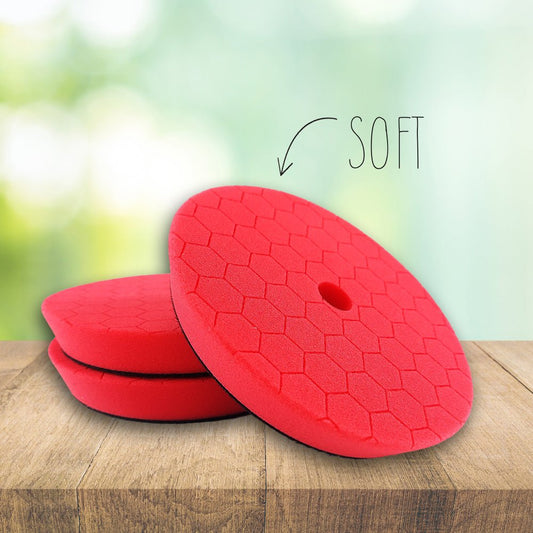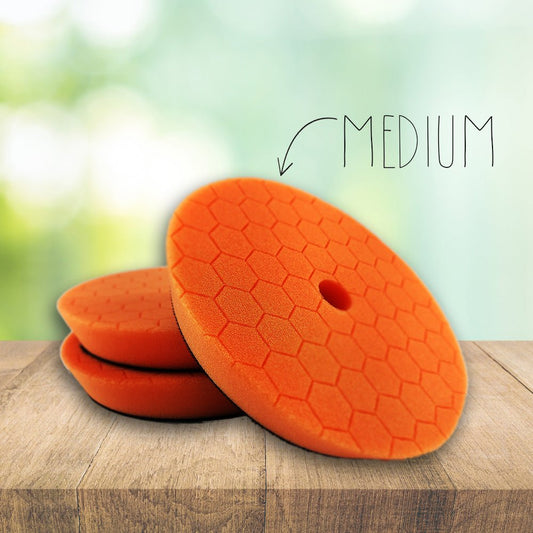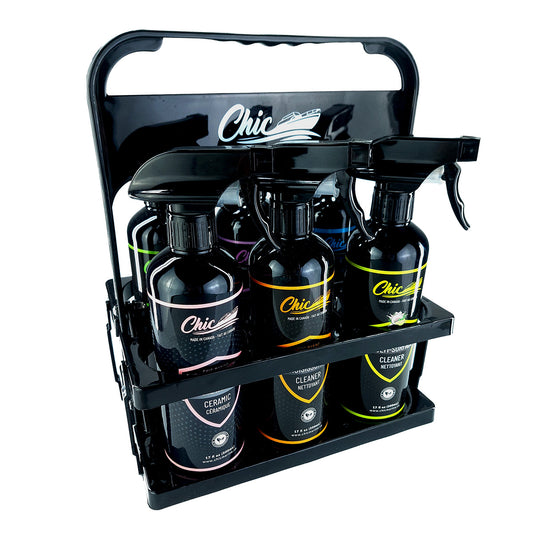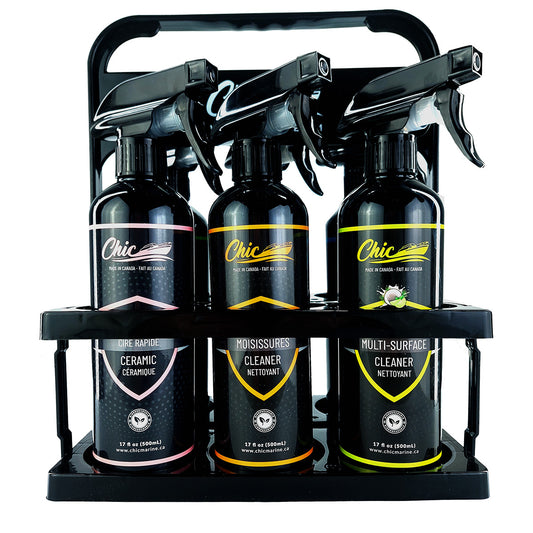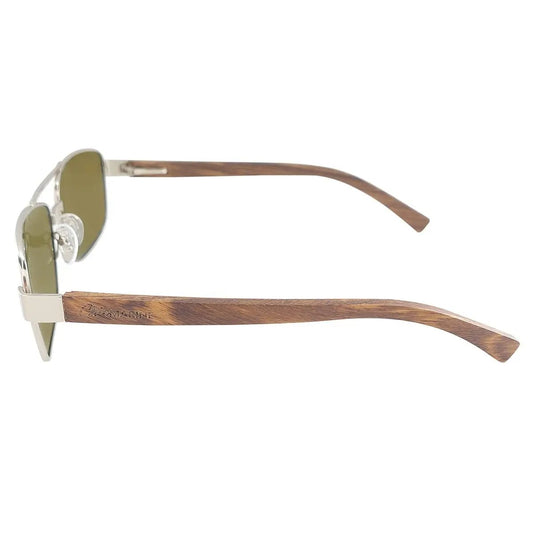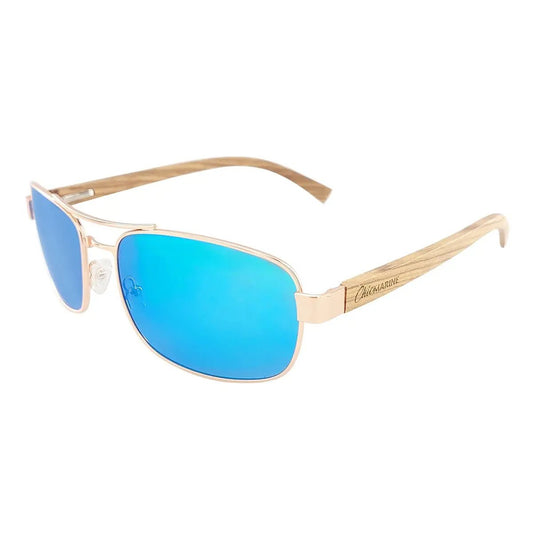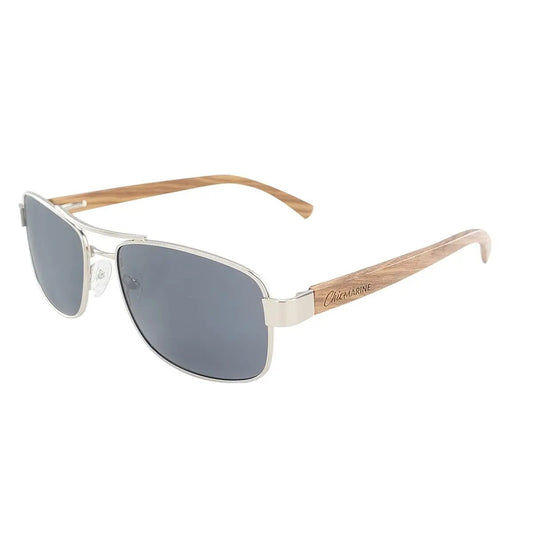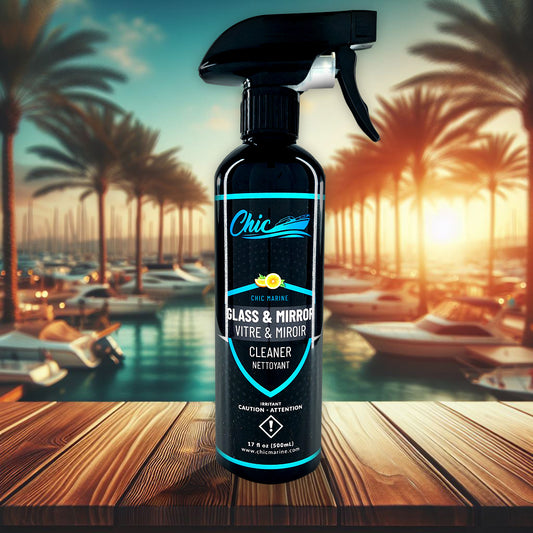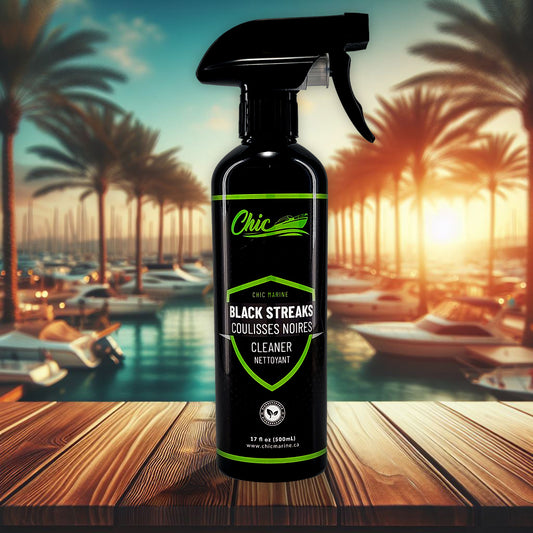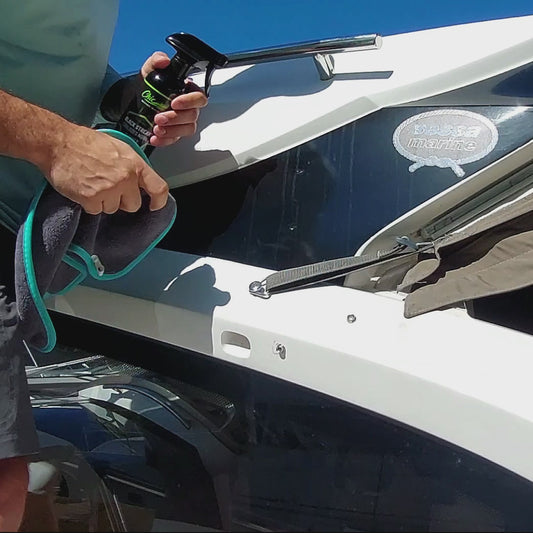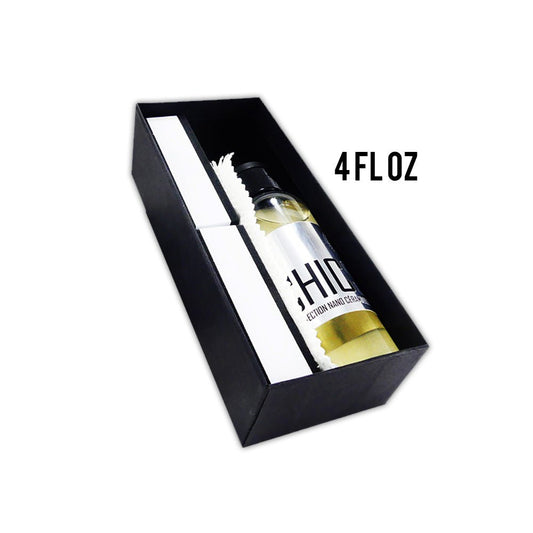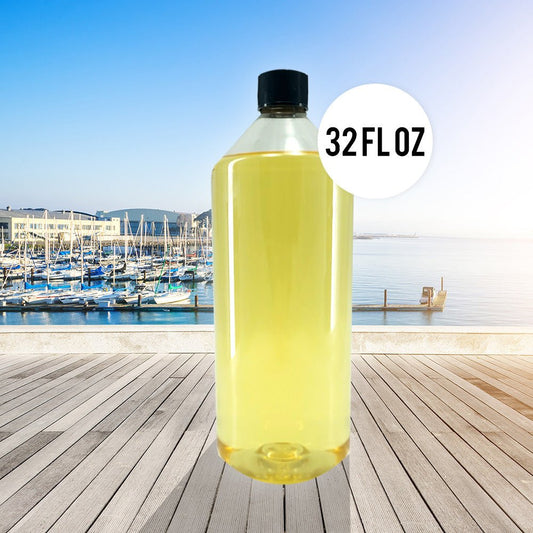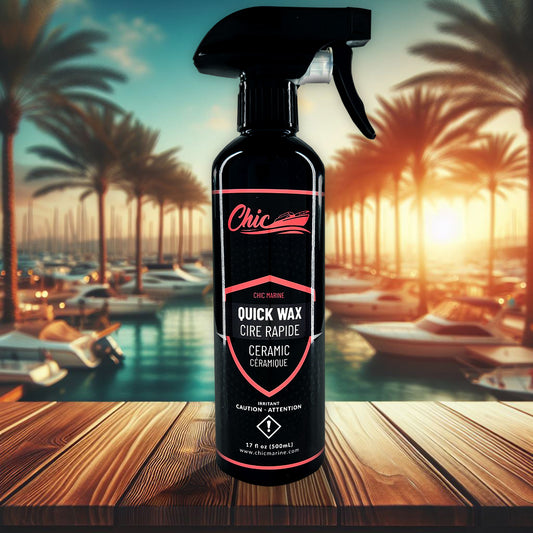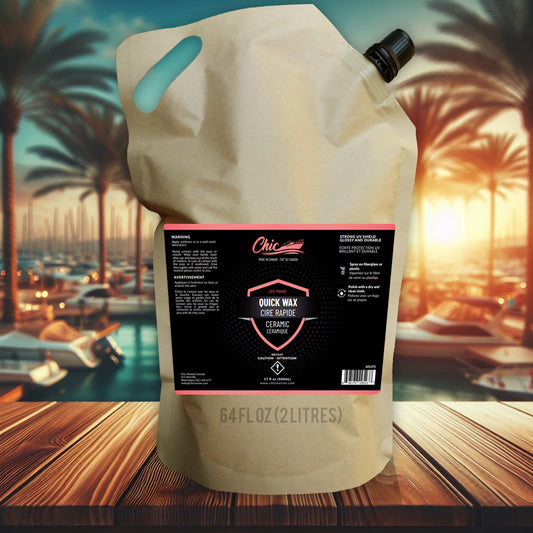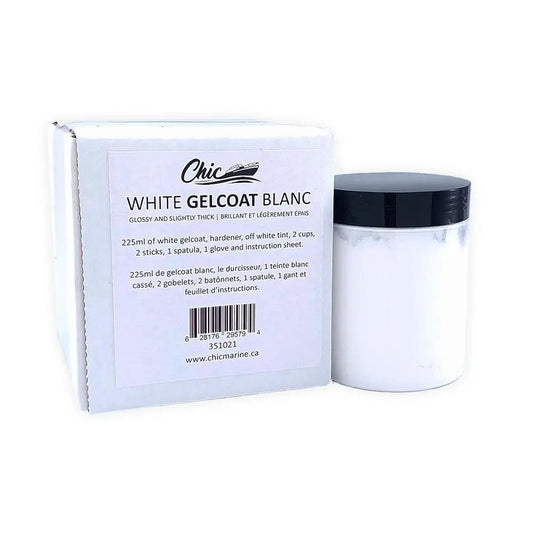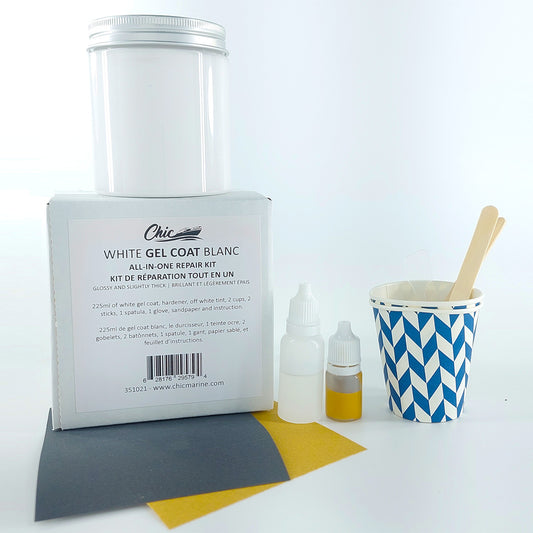Understanding Boat Fiberglass Oxidation
Boat owners and enthusiasts know that keeping their vessel's appearance in top condition is essential for both aesthetics and performance. One common challenge faced by boat owners is fiberglass oxidation, which can result in a dull, faded, and lackluster appearance. In this article, we will delve into what boat fiberglass oxidation is, why it occurs, how to recognize it, effective methods to fix it, and essential tips to prevent it.
What is Boat Fiberglass Oxidation?
Fiberglass oxidation is a natural chemical process that occurs when the outer layer of the boat's gel coat, which is typically a protective and glossy layer, begins to break down due to exposure to the elements. The gel coat, a mixture of resin and pigment applied to the fiberglass hull, protects the underlying fiberglass and enhances the boat's appearance. When exposed to sunlight, saltwater, pollution, and other environmental factors, the gel coat gradually undergoes oxidation, resulting in the loss of its shine and luster.
Why Does Oxidation Happen?
Several factors contribute to the oxidation of boat fiberglass. The primary culprits are UV radiation from the sun, which breaks down the molecular structure of the gel coat over time, and exposure to saltwater, which accelerates the oxidation process. Additionally, pollutants, bird droppings, and other contaminants can also exacerbate the oxidation. Regular maintenance and care can help slow down the oxidation process, but over time, it is inevitable.
Why Oxidized Fiberglass Looks Matte and Not Shiny
The loss of shine and gloss on oxidized fiberglass is a result of the breakdown of the gel coat's protective layer. As the gel coat oxidizes, it develops microscopic cracks and a rough surface texture, scattering light instead of reflecting it uniformly. This scattering of light causes the once glossy and shiny surface to appear matte and faded, leaving the boat with an aged and neglected appearance.
How to Recognize Gel Coat Oxidation
Recognizing gel coat oxidation is essential in addressing the issue promptly. To identify oxidation on your boat's fiberglass, look for the following signs:- Dull Appearance: The once vibrant and glossy surface appears lackluster and faded.
- Chalky Residue: Rubbing your hand over the hull may leave a chalky residue on your fingers.
- Patchy Discoloration: You might notice uneven coloration or spots of discoloration on the gel coat.
- Rough Texture: Oxidized gel coat feels rough to the touch due to the microscopic cracks on the surface.

If you notice any of these signs, it's time to take action and restore your boat's appearance.
How to Fix Fiberglass Oxidation
Restoring the shine and gloss to oxidized fiberglass involves a few essential steps:
- Thorough Cleaning: Start by washing the boat thoroughly to remove any surface dirt, grime, or contaminants. Use a mild boat soap and a soft sponge to avoid further damaging the gel coat.
- Compounding: After cleaning, apply a gel coat oxidation remover or a specialized rubbing compound to the affected areas. This compound contains abrasive particles that help remove the oxidized layer and restore the smoothness of the gel coat.
- Polishing: Once the oxidation is removed, use a high-quality boat polish to bring back the shine and enhance the boat's appearance. Polishing also adds a protective layer to prevent future oxidation.
- Waxing: Apply a marine-grade wax to seal the freshly polished gel coat and provide additional protection against UV radiation and environmental pollutants.
- Regular Maintenance: To keep oxidation at bay, establish a regular boat maintenance routine, including washing, waxing, and protecting the gel coat from prolonged exposure to the elements.
How to Prevent Fiberglass Oxidation
While it is challenging to completely prevent fiberglass oxidation, you can significantly slow down the process and prolong the appearance of your boat's gel coat by taking these preventive measures:
- cover and store properly: Whenever possible, store your boat in a covered, shaded area or use a boat cover to shield it from direct sunlight and environmental contaminants.
- Wash After Use: Rinse your boat with freshwater after each outing to remove salt, debris, and pollutants that may contribute to oxidation.
- Apply UV Protectants: Consider using specialized UV protectants designed for boat surfaces to shield the gel coat from harmful UV rays.
- Avoid Harsh Cleaners: Use gentle boat cleaning products and avoid harsh chemicals that could damage the gel coat's protective layer.
- Regular Inspections: Conduct periodic inspections of your boat's gel coat to catch any signs of oxidation early and address them promptly.
Conclusion
Fiberglass oxidation is an inevitable part of boat ownership, but with proper care and maintenance, its impact can be minimized. Understanding the causes, recognizing the signs, and knowing how to fix and prevent oxidation are crucial steps in keeping your boat's gel coat looking glossy and well-maintained for years to come. By implementing the tips and techniques discussed in this article, you can enjoy your boating adventures with a vessel that not only performs well but also shines brilliantly on the water.
